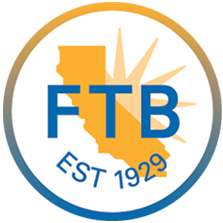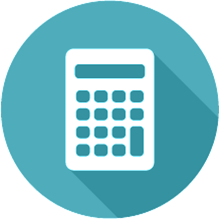
a small business means wearing many hats, and one crucial responsibility is staying on top of your taxes. Estimating your small business taxes accurately can save you from unpleasant surprises. It can also help you manage cash flow effectively. But how do you determine how much to set aside? Here’s a breakdown to help you estimate small business taxes and plan ahead.
1. Understand the Types of Taxes You’ll Owe
Small business taxes include several components depending on your business structure and activities. The most common taxes for small businesses are:
- Income Tax: Applies to all business profits. Sole proprietors, partnerships, and LLCs report business income on personal tax returns.
- Self-Employment Tax: Covers Social Security and Medicare, typically around 15.3% of your net earnings.
- Estimated Taxes: If you expect to owe more than $1,000 in taxes, you must make quarterly estimated tax payments.
- Employment Taxes (if you have employees): Includes federal income tax withholding, Social Security, and Medicare contributions.
2. Determine Your Tax Rate
The tax rate depends on your business structure and income level. Here’s a rough guide:
- Sole Proprietors and Single-Member LLCs: You’ll pay taxes at your personal income tax rate, which ranges from 10% to 37% for federal taxes.
- Corporations: Subject to a flat 21% federal tax rate.
Additionally, don’t forget state and local taxes, which can vary widely depending on your location.
3. How to Calculate Your Estimated Small Business Taxes
To estimate small business taxes, follow these steps:
- Calculate Your Net Income: Subtract business expenses from total revenue.
- Apply the Appropriate Tax Rates: Based on your estimated net income, calculate your federal, state, and self-employment taxes.
- Account for Deductions and Credits: These can significantly reduce your tax liability. Common deductions include home office expenses, business-related travel, and health insurance premiums.
Example Calculation:
Let’s say you expect a net income of $100,000 for the year. Here’s a rough breakdown of estimated taxes:
- Federal Income Tax (24% bracket): $24,000
- Self-Employment Tax (15.3%): $15,300
- State Income Tax (varies by state, assume 5%): $5,000
Total Estimated Taxes: $44,300
Divide this total by four to make quarterly payments: $11,075 per quarter.
4. Tips for Staying on Top of Small Business Taxes
- Set Aside a Percentage of Your Income: A good rule of thumb is to set aside 25% to 30% of your profits for taxes.
- Use Tax Software or a Professional: Tax preparation tools can simplify the process. However, professional tax and accounting professionals like The Ray Group can provide personalized advice.
- Track Income and Expenses Year-Round: Keeping accurate records makes tax time less stressful and helps you avoid penalties.
Conclusion
Estimating your small business taxes does not have to be overwhelming. By understanding the types of taxes you’ll owe and following a consistent calculation method, you can ensure you’re well-prepared when tax season rolls around. If you’re ever unsure, consult The Ray Group to avoid costly mistakes and maximize your deductions.
You may also enjoy reading: How to Maximize Your Car Write-Offs: A Quick Guide to Claiming Vehicle Expenses







